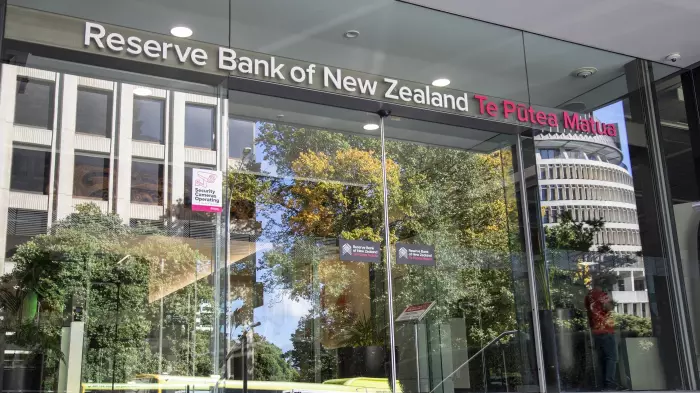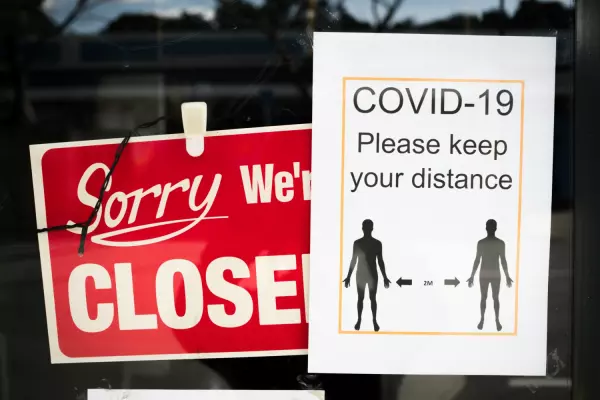There are stark differences in the rates of covid-19 amongst arrivals from different parts of the world, data released to BusinessDesk by the Ministry of Health shows.
Arrivals from just three countries have accounted for more than half of all cases of covid-19 in managed isolation and quarantine (MIQ) facilities – India, the UK and the US.
The data spans June until the first week of February and shows 126 people who travelled from India and entered MIQ went on to return a positive test, 113 from the UK and 75 from the US.
But the raw numbers don't paint a full picture, given the difference in arrival volumes from different countries.
On a per-capita basis (or more accurately, positive covid test per arrival basis) Romania, Afghanistan and Pakistan have the highest rate of positive covid tests in MIQ, but there have been very few arrivals from these countries so overall numbers are low.
Monthly arrival figures are not yet available for January and February, so the ratios are calculated using figures from June to December.
On the flip side are two countries with a high volume of arrivals, but very few covid-19 cases.
Australia is the country that most people have arrived from – about 24,000 between June and December. In that time only two people – a rate of 0.008% per arrival – returned a positive covid-19 test in MIQ (there has since been one further positive test from an Australian arrival in January).
China is the other country with meaningful numbers of arrivals who appear to pose a very low risk of having covid-19.
Despite being the initial epicentre of the virus, China got a handle on its outbreak with an extremely harsh lockdown. Just one arrival from China to New Zealand has tested positive for covid-19 since June.
The vast majority of arrivals are NZ citizens or residents, with only a small handful of visitors exempted to cross the border. Arrival country refers to the departure point of a person's journey back to NZ and is not necessarily indicative of nationality.
The overall picture
The data encompasses 579 positive cases detected in MIQ between June and early-February – about 72 per month, on average.
About 11,000 people entered NZ's MIQ system each month in that time, so about 0.65% of those who have gone through the system have returned a positive test.
However, as the pandemic has worsened beyond our borders that figure has gradually increased.
There was a sharp jump in October, with 0.8% testing positive, compared to 0.3-0.4% from June through September. That 0.8% figure held in November and December.
From August to December total arrivals were consistently between 11,500 and 12,800, so the increase in new cases in this time is attributable to an increased incidence of covid-19, rather than simply more arrivals.
January was the worst month for cases in MIQ so far, with 112 positive tests. But as the corresponding figures for total arrivals into the country are not yet available, neither is the ratio of positive cases to arrivals.
But given the MIQ system is running at capacity it is reasonable to assume there will have been a commensurate increase in the rate of positive tests.
Covid in the community
More cases in MIQ, combined with the new highly infectious variants of the virus have increased the risk of community cases.
Auckland's August outbreak remains the biggest since the end of the national lockdown. Once that had petered out in late-September there were a couple of smaller unrelated outbreaks in October and November, before a prolonged period through the end of 2020 and into 2021 with zero cases of covid-19 detected in the community.
But in recent months the incidence of the virus in the community has become more regular.
A handful of cases in late-January and early-February were linked to the Pullman Hotel. These were contained without the need for an escalation of alert levels.
The current outbreak centred around the Auckland suburb of Papatoetoe and led to a second and now a third Auckland lockdown.
The August outbreak and the current outbreak have not been linked to cases in MIQ.
In both instances the outbreak was first detected in a household with a person who worked at or near the border, but not in the MIQ system.
Test days
The day on which a person tests positive for covid-19 in MIQ can be an indication of whether they became infected before travelling, during their trip or potentially even in a MIQ facility.
Initially, tests were conducted on days 3 and 12 and people in MIQ are required to return a negative test before leaving a facility.
Since Jan 18 a third test, on the day of arrival (day 0) has been implemented.
Although each case has its own specific circumstances, a day 0 or 3 test tends to indicate the case contracted the virus before they travelled; a test on day 12 means it is more likely the virus was contracted during their journey to NZ, or in MIQ; an 'other' test day indicates the person was tested outside of the schedule because they showed symptoms or were considered a contact of another positive case.
Overall about 60% of cases have been detected with a day 3 or day 0 test, 13% on day 12 and the remaining 27% on 'other' days.
Despite the higher caseload and the prevalence of more infectious variants in January, the proportion of people testing positive on day 12 was its lowest yet, at 9%.
This could indicate there has been a reduction in infections in transit and/or inside MIQ facilities, although this trend would have to continue for a few months before attributing it to some fundamental improvement or change.














